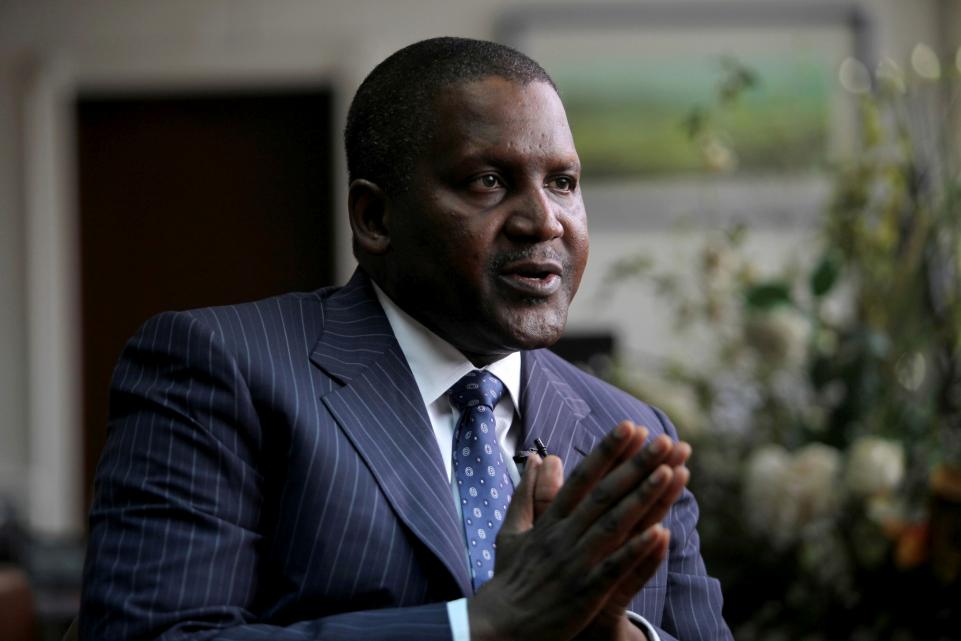
Economist, Dr. Lord Mensah has blamed the failure of government’s inability to meet its end of period inflation target for 2018, on the Finance Ministry’s decision of setting unrealistic targets.
The inflation rate for the final month of 2018, December, increased marginally to 9.4 percent, from the 9.3 percent recorded in November 2018.
The marginal increase of 0.1 percent, means that government missed its 2018 end of year inflation target of 8.9 percent as set in the 2018 budget.
The December inflation figure however falls within the medium term inflation target band of 8 percent plus or minus 2 percent.
Speaking on the matter with Citi Business News Dr. Mensah partly attributed the missed inflation target also to the impact of the banking sector reforms.
“Yes we missed the target. But we must know that the target might not be a realistic target. Remember during the last quarter of the year the banking sector was going through serious reformation, serious restructuring which basically indirectly led to a halt of economic activity”.
“Funds flow halted because that was when the banks got to know that they had to mobilize funds to meet the minimum capital requirement. So the few funds that were available would be used to import goods (since we are import driven) to be subsequently sold at highly expensive prices. This is because the funds used are from squeezed investment,. He added”
Dr. Mensah also argued that the reforms at the ports impacted the inflation trend witnessed in that past months.
End of year inflation
Announcing the final consumer inflation figures for 2018 at a press conference the new Acting Government Statistician David Kombat stated that the food and non-food inflation contributed significantly to the marginal increase.
“Four subgroups of the food and non-alcoholic beverages group recorded inflation rates higher than the group’s average rate of 8.7 percent. The subgroups were Coffee, tea and cocoa 4 (13.5%), Fruits (11.4%), Meat and meat products (10.9%) and Mineral water, soft drinks, fruit and vegetable juices (9.2%). Also five subgroups of the nonfood group recorded year-on-year inflation rates higher than the group’s average rate of 9.8 percent. Transport (13.6%), Recreation and Culture (13.2%), Clothing and footwear (13.0%), Furnishing, Household Equipment and Routine Maintenance (11.6%) and Miscellaneous goods and services (10.0%). Inflation was lowest in the Housing, Water, Electricity, Gas and Others Fuels subgroup (3.4%).”
Mr. Kombat also explained the dynamics around the inflation trends at the regional level.
“At the regional level, Upper West region recorded the highest regional combined inflation rate (11.4%). Transport (22.8%), Miscellaneous Goods and Services (13.4%), Clothing and Footwear (12.5%) and Recreation and Culture (11.5%) were responsible for the high inflation in the Upper West region. The Upper West region recorded the highest regional non-food inflation rate (13.4%) due to a rise in inflation for the Transport subgroup, while the Ashanti region recorded the highest food inflation rate (9.5%) due to Coffee, tea and cocoa (14.2%), Oils and fats (12.1%), Vegetables (11.8%), Non-alcoholic beverages (11.1%) and Meat and meat products (10.8%).”
citibusiness
























